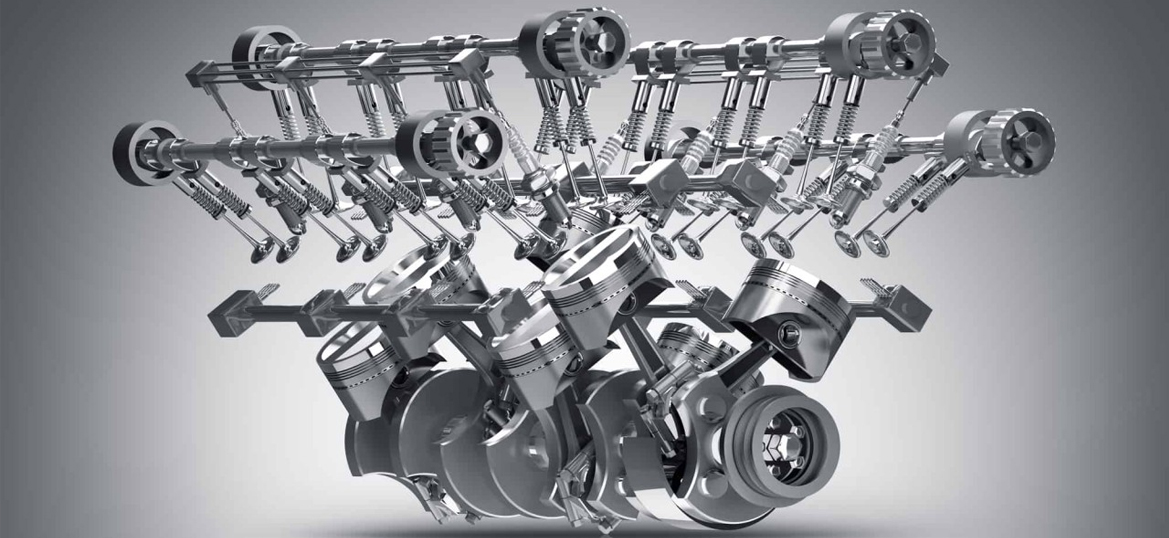
Gasoline engine valves are essential components that manage the intake of air-fuel mixtures and the expulsion of exhaust gases. Comprised of intake and exhaust valves, they play a critical role in optimizing engine performance and efficiency. Intake valves allow the air-fuel mixture to enter the combustion chamber, while exhaust valves release the combustion gases after the power stroke. Designed for high RPM operation, gasoline engine valves are typically lighter and made from durable materials to withstand heat and wear. Their precise operation, often enhanced by technologies like variable valve timing, is crucial for improving fuel efficiency, reducing emissions, and ensuring responsive engine performance.

Intake valves in gasoline engines are responsible for allowing the air-fuel mixture to enter the combustion chamber. These valves are designed to maximize airflow, typically featuring a larger diameter compared to exhaust valves.

These valves open to allow the combustion gases to exit the combustion chamber after the power stroke. Exhaust valves are designed to withstand higher temperatures and pressure due to the hot gases they expel.